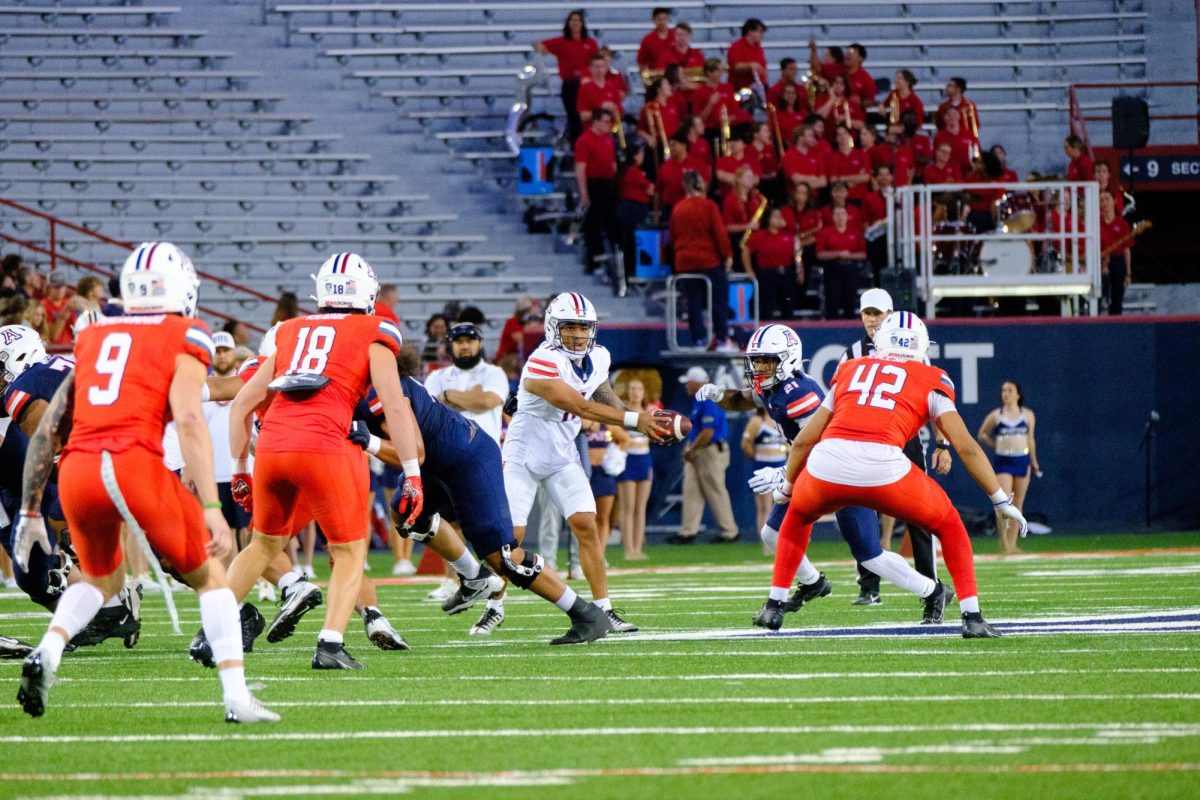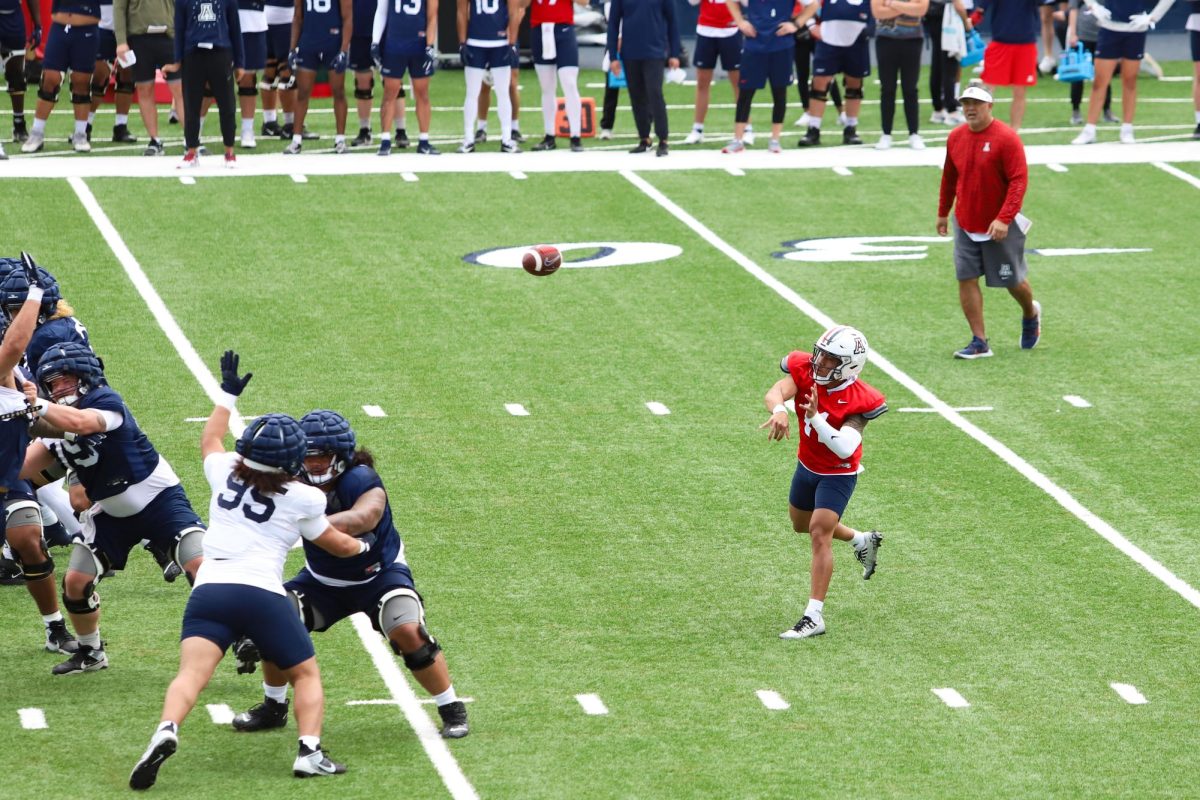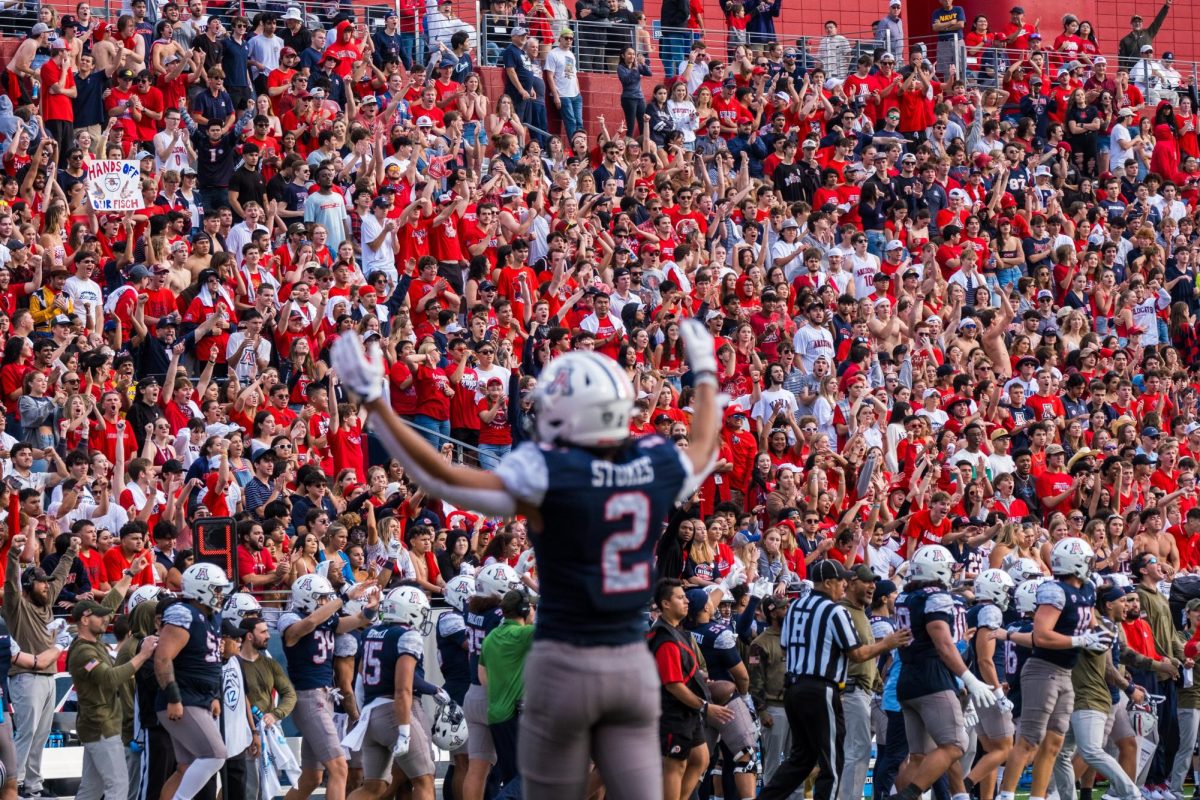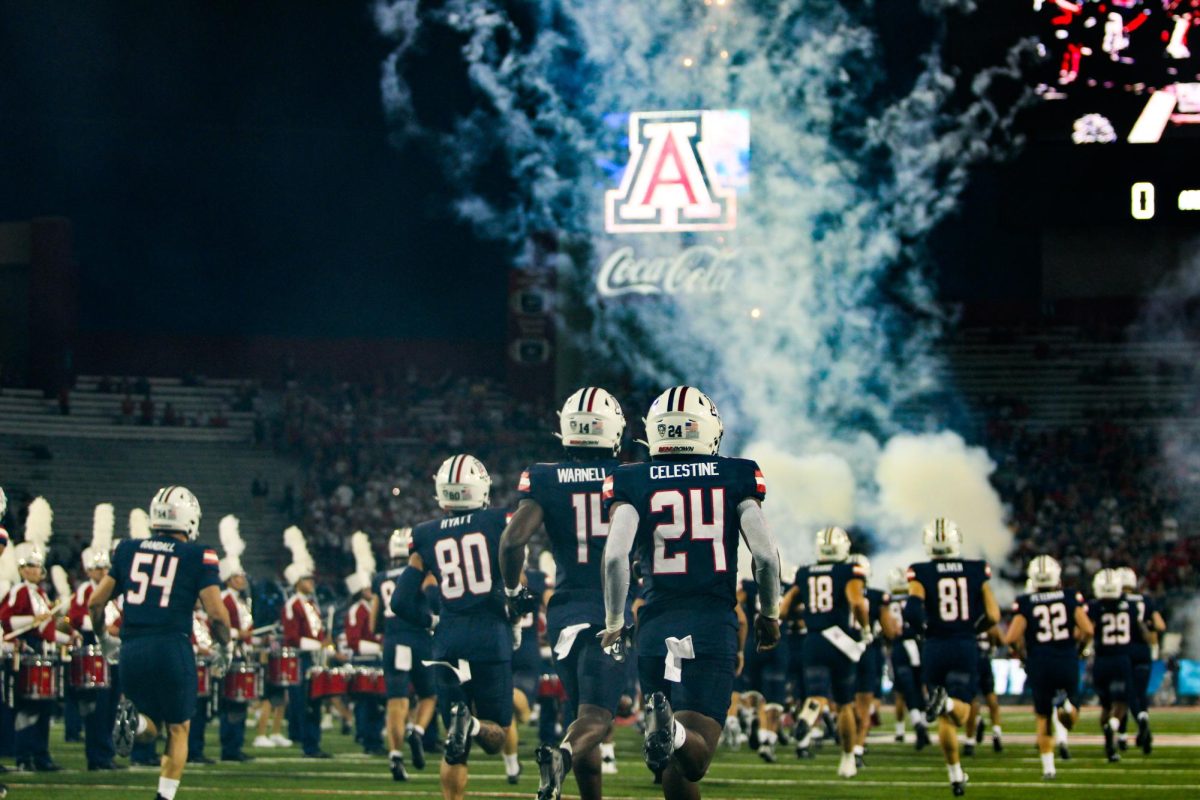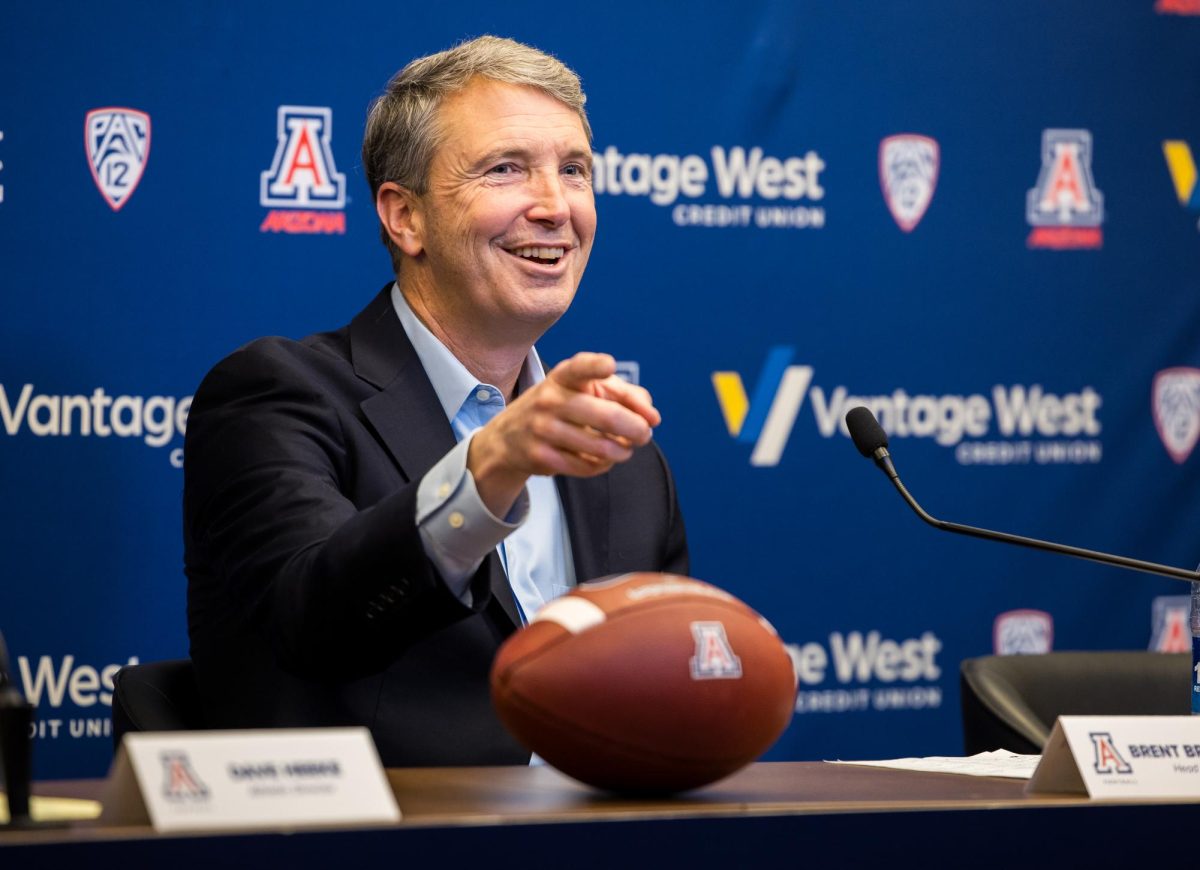Knee ligament tears are the most common injuries in NCAA football, and Arizona has found that out the hard way leading up to the 2011 season.
While injuries are fairly common, Arizona has found some tough luck in how they’ve happened: three of the five Wildcats to go down tore their anterior cruciate ligaments during practice situations. Linebacker Jake Fischer suffered his ACL tear during the spring game and defensive tackle Willie Mobley injured himself playing pick-up basketball.
All-around, Arizona’s injuries have strayed far from the norm.
Ligament tears are nearly 13 times less likely to occur during fall practice than in games, and are almost three times less likely to happen during spring practice than in a game, according to a study done by The National Center for Biotechnology Information that analyzed NCAA football injury data collected from 1988 until 2004.
No Wildcats suffered a ligament tear in game action during the 2010 season, but four went down during spring practice. Cornerback Jonathan McKnight was lost for the season after tearing an ACL last Wednesday.
“That’s just the way things are going right now,” head coach Mike Stoops said. “It’s very frustrating … we haven’t changed our schedule in any way or altered our training. I don’t have a good explanation for it right now.”
The Daily Wildcat caught up with Dr. Jolene Hardy, assistant professor at the University of Arizona College of Medicine and employee at the Arizona Institute of Sports Medicine, to talk about Arizona’s injury outbreak.
Daily Wildcat: What exactly is the ACL, and what is an ACL tear?
Dr. Jolene Hardy: (The ACL) is a structure that connects bone to bone, and it’s the structure that prevents the lower leg from moving forward against the femur, which is the thigh bone. It just aids in the stability of the knee. An ACL tear is when that gets torn. It can tear in the middle, or it can tear off of its attachment to the bone.
How does a tear happen?
There’s a variety of things … most are non-contact injuries. Some 70 percent are non-contact injuries. It usually involves deceleration combined with twisting. So when a player cuts or pivots or sidesteps, they can tear it.
*Three of Arizona’s five injuries have been at the Jimenez Practice Facility. Can playing surface increase the risk of ACL tears? *
It’s very hard to tell, but we know that (playing surface) can affect it. On a more slick playing surface, that can cause it. If the grass is wet or you’re wearing different shoes … if it’s more slippery, all of those can contribute.
Today’s athletes are bigger and stronger than in the past, is that something that can have an effect?
I think that’s pretty hard to tell. We see more ACL injuries today than we did in the past, but that could be because we’re more aware of them. More individuals are involved in a higher level of play. Especially athletes that are trying to make it to the NFL, professional soccer, those sorts of things. The level of play can contribute because the players are more aggressive.
Other than a knee brace, is there any sort of prevention method?
One of the biggest studies involved NCAA women’s soccer teams. There are a couple different prevention programs … some (teams) prevent ACL tears by doing the program. It depends on which expert you talk to. The people that lead these programs feel that they can decrease the incidents of ACL tears.



